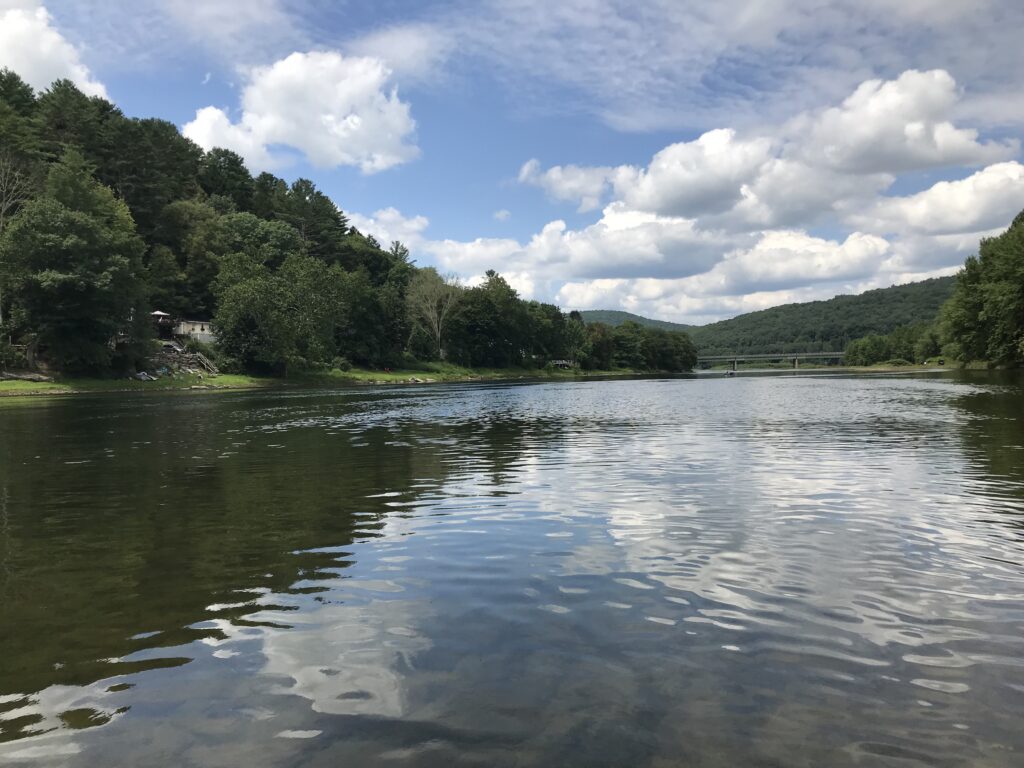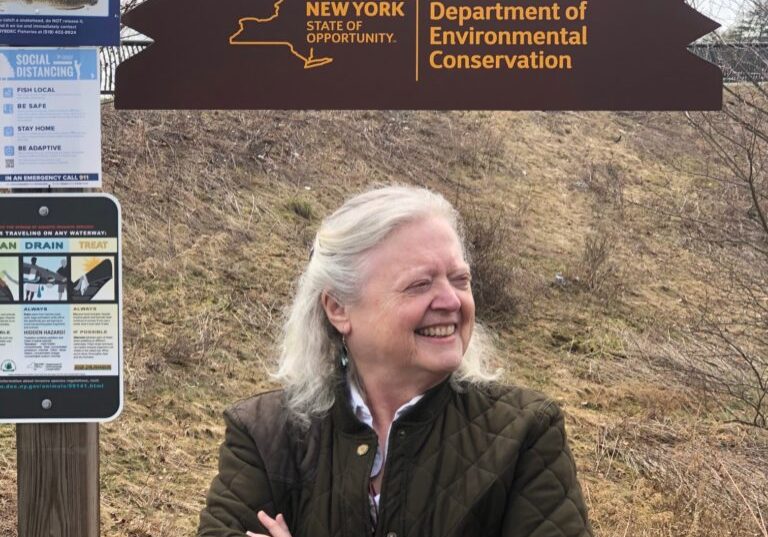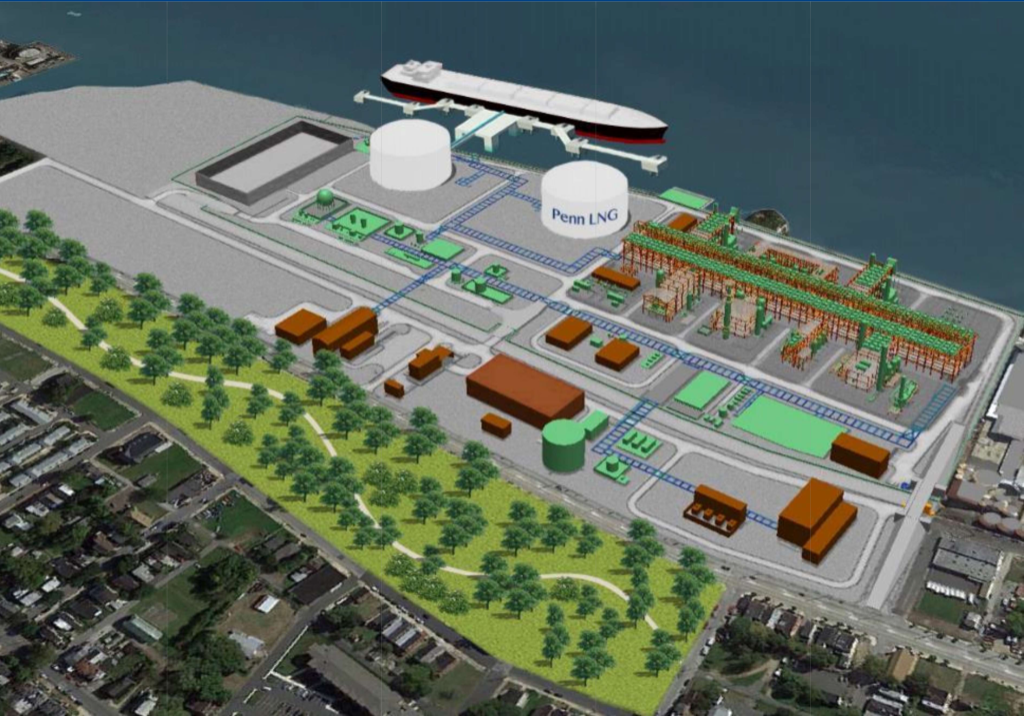
How to share a slice of heaven
| April 3, 2022
Who wouldn’t want some part of this peace and beauty all to themselves?
Such things are possible in the Upper Delaware by kayaking or tubing or camping or wading in the river or in either of its two branches, which snake vaguely southwest out of the New York City reservoirs toward Hancock, N.Y.
Some find that peace by fishing from a riverbank or off a drift boat or canoe. In fact, since those reservoirs were constructed, the cold-water habitat has created one of the great trout fisheries in the East.
So tourism has become a significant economic driver in the river towns of Delaware and Sullivan counties in New York and Wayne and Pike counties in Pennsylvania — in an area not flush with other economic opportunities.
Another way to find that peace is to invest in riverfront property. Not surprisingly, that can create some sense of entitlement.
All these elements, each legitimate, are on a collision course with recreational visitors who don’t really understand the very ingredients that make the places they value special. And then natives can sometimes be irritated by how tourism is changing “their” special place.
It boils down to this: How many people can peacefully share the river?
The Friends of the Upper Delaware (https://www.fudr.org) have been listening to angry and concerned voices for a good many years. Recently, due to the constrictions of Covid, more and more people from the urban areas east and south (that’s you, New York City and Philly) have been looking for a peaceful space here.
The FUDR might be uniquely qualified to tackle this conflict. Here’s its mission statement:
FUDR understands that protecting the river must include engaging communities and people, revitalizing local economies and building strong and diverse coalitions at the local, regional and national level.
It worked with Tom Shepstone, of Shepstone Management in Honesdale, Pa., to collect all the divergent voices via surveys and focus groups, reaching out to state agencies, municipal and county land-use professionals as well as local governments and landowners.
Just recently Shepstone, with FUDR, held two public sessions to present what they came up with.
“A collection of ideas,” is how Shepstone referred to it, clearly aware of the singularly anti-regulation sentiment that the population of the upper river towns share, even when they might disagree about everything else.
The geography covers the main stem Delaware from about Long Eddy north, as well as the East and West branches. The area of those branches, up to the reservoirs, is called the tailwaters, and the aim of the project is to develop a “Recreational Plan for the Delaware River Tailwaters Region.”
In New York, the focus is the towns of Colchester, Deposit and Hancock.
And in Pennsylvania, Scott, Buckingham and Manchester townships.
“Our job,” said Shepstone, “is to strike a balance between recreation and environmental values, between tourism and protection of the resource.”
From an outsider’s perspective, it’s a complicated region. The Upper Delaware Scenic and Recreational River — a national park unit — starts just below Hancock, and runs about 70 miles to just north of Port Jervis, N.Y.
Unlike its neighbor park to the south — the Delaware Water Gap National Recreational Area — the land on either side of the river is often private property.
In the DWGNRA, if you see an island or some nice place to pull up your boat, you can. Here in the upper river, it’s likely private property and you shouldn’t.
And the tailwaters can be even more complicated with some deeds giving property owners land rights to the middle of the water, and there are some disputes about all that as well.
So, the big ideas generated by the project:
Signage — to help people respect private property and to navigate the river and access amenities.
Etiquette — explaining what the right thing to do in many situations when recreational uses conflict, which might seem common sense to people who live here, but less so for visitors. There’s an etiquette guide which is printed below in full.
Hunting — as Shepstone noted, it’s a perfect complementary activity to fishing as they often happen in different seasons.
Access — you might think more access points could create more traffic, but the problem now is that traffic builds up where access points are limited. More access points could spread river traffic out.
Invasive species — especially knotweed is a real threat to using the river as it grows thickly on riverbanks. Read more about knotweed here.
Shepstone said that the goal is not to have the suggestions “adopted” but rather “we might ask people to endorse it. Hopefully, the ideas are compelling enough and practical enough that people will pick up on them.”
These suggestions are still a draft with ideas for alterations/additions welcome.
If you have questions, you can email: info@fudr.org
And here’s the etiquette guide:
Enjoying the Upper Delaware River
An Etiquette Guide for River Users
The Upper Delaware River (UDR) is extremely popular with anglers, recreational boaters, and
other river users.
Cold water reservoir releases sustain a nationally renowned wild trout fishery that is an
important piece of the local economy and is a worldwide destination for anglers.
This guide offers river users suggestions to maximize enjoyment of this magnificent river
system especially during the busy spring and summer season.
Respect Private Property
● The streamside properties and islands of the UDR are predominantly private property
● Public accesses are clearly labeled
- Secure landowner approval before crossing, walking, or parking on private property
Keep Your River Clean
● Please don’t litter
- Leave only footprints
Courtesy and Communication Work Best
● Friendly conversation goes a long way on the river
● Respect the space of other river users
- Offer assistance to others when needed
Park Smart
● Parking is very limited, make efficient use of available parking areas
● Don’t park on private property
- Only park in designated access areas
Boating
● Understand and follow all safety regulations required throughout the river system
○ https://www.nps.gov/upde/planyourvisit/safety.htm
○ https://parks.ny.gov/recreation/boating/safe-operation.aspx#life
○ https://www.fishandboat.com/Boat/BoatingRegulations/Pages/default.aspx
● Put in and take out as quickly as possible at boat ramps
● Attempt to navigate behind wade anglers. If unsure, ask the angler as you approach
● Pass through quickly and quietly
● There are times when river levels are low and may create unsafe boating conditions
● Be aware of changing river conditions
● For information on reservoir releases, river flows, and water temperatures:
○ Cannonsville Hotline 866-464-4081
○ USGS website
○ Phone Apps are available such as RiverApp
Wading
● Respect private property
● Public accesses are available throughout the system
● Expect to encounter watercraft
- Be aware of changing river conditions
Protecting Fish
● Catch and release angling is strongly encouraged to help protect the fishery
● Fishing for trout is not recommended when water temperatures reach or exceed 68F
● Land fish in a timely manner to avoid extra stress on fish
● Gentle handling with wet ungloved hands and a quick release maximizes fish survival
● Keep fish submerged in water while handling or photographing
- Please consider pinching barbed hooks and using single hooks
NYSDEC and PA Fish and Boat Commission Fishing Regulations
○ NY: https://www.dec.ny.gov/outdoor/7917.html
○ PA: https://www.fishandboat.com/Fish/FishingRegulations/Pages/default.aspx
For Emergencies and Incidents
For Emergencies: Call 911
To report incidents on the river:
NYS Department of Environmental Conservation: 877-457-5680
PA Fish and Boat Commission Northeast Office Law Enforcement: 570-477-5717
National Park Service Dispatch: 570-426-2457
This guide was developed by an advisory group representing a diversity of knowledgeable UDR
watershed stakeholders including property owners, river users, and local businesses.


![DC_Image [Image 4_Assunpink Meets Delaware] meets Delaware The Assunpink Creek on its its way to meet the Delaware River. The creek passes through woods, industrial and commercial areas and spots both sparkling and filled with litter.](https://delawarecurrents.org/wp-content/uploads/bb-plugin/cache/DC_Image-4_Assunpink-meets-Delaware-1024x768-landscape-14f069364113da5e8c145e04c9f2367c-.jpg)



